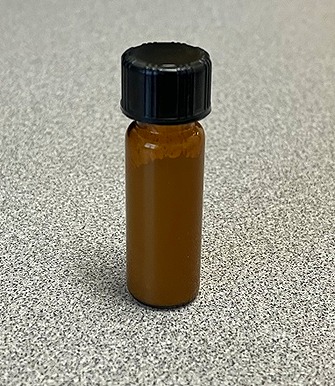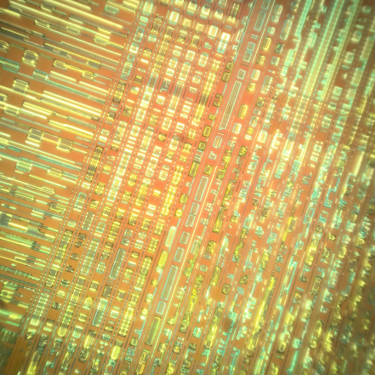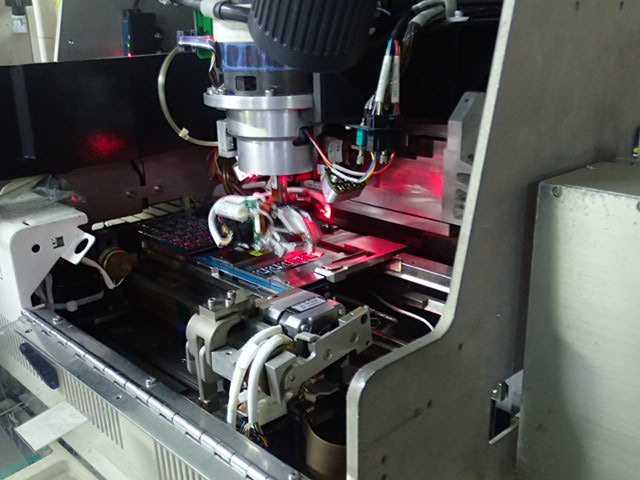Better color fidelity
Better image quality
Higher resolution
The most compelling combination of clarity, brightness, and color fidelity

Ferroelectric liquid crystal (FLC) is a type of liquid crystal called a smectic liquid crystal, which
consists of liquid crystal molecules arranged in layers. Compared to nematic liquid crystals used in
general LCDs, smectic liquid crystals have the advantage of a faster response time.
MDCA has a chemistry team that develops and manufactures original high-performance FLC, and has over 20
years of experience in providing FLCs for numerous products, particularly microdisplays.
Our FLC can realize a switching speed of 100 μs level at room temperature in both rise and fall. This is
10 to 100 times faster than general nematic liquid crystals. This feature makes FLC is suitable for
optical shutters, for example.
Also, our FLC has little crosstalk between adjacent pixels. This makes FLC useful for microdisplays or SLM
having ultra-fine pixels with a pixel pitch of 3 μm or less.

Liquid Crystal on Silicon (LCOS) is a reflective active-matrix liquid-crystal microdisplay using a liquid
crystal layer on top of a silicon backplane. It is also used as a Spatial Light Modulator (SLM).
MDCA has extensive experience and knowledge designing custom Very Large Scale Integration (VLSI) chips for
FLCOS (LCOS using FLC) backplanes. We also can provide VLSI chip design support services for customers who
wish to fabricate their original FLCOS.

Citizen Finedevice (CFD), the Japanese parent company of MDCA, has an LCOS microdisplay production line
and has produced a number of FLCOS products. They have the necessary technology and equipment for glass
lamination, LC injection, dicing, assembly, optical inspection, etc.
CFD provides contract manufacturing services for microdisplays using their production line, assembling
silicon wafers and other materials provided by customers into complete modules. CFD also provides
development support, including the design of PCBs, FPCs, lenses and optical components to be combined with
microdisplays.